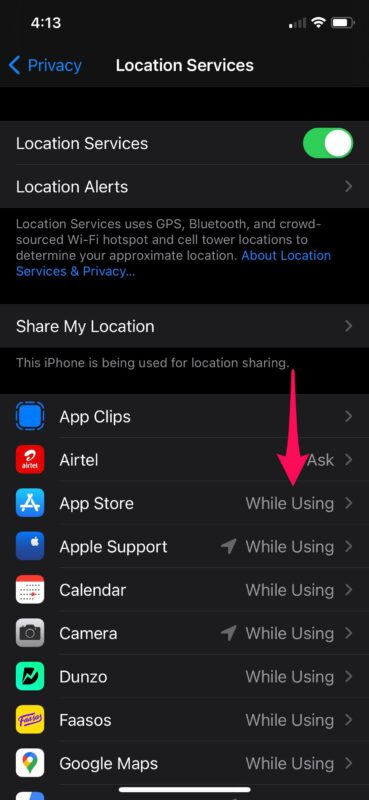iPhone Feels Slow? How to Speed Up iPhone
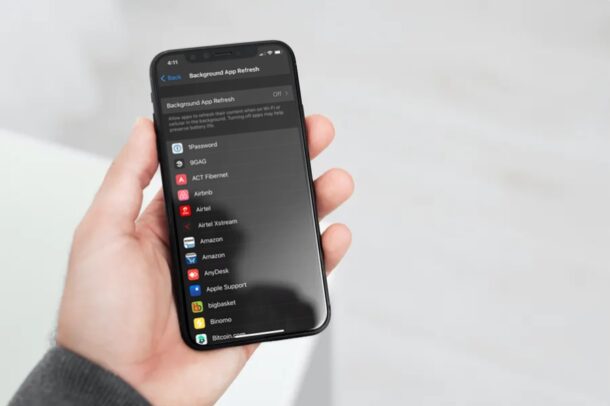
If you’ve been using your iPhone for a few years, you may feel that it’s not as snappy as it used to be when it was new. While sometimes sluggish performance and speed issues are obvious, there’s not always a simple explanation for this, but fortunately you can actually speed up and improve the performance of your iPhone pretty easily.
When your iPhone was shiny new, it probably had the latest cutting-edge hardware that Apple had to offer at that time. However, over time, as the iOS software matures and apps get optimized for newer hardware, your iPhone starts to fall behind in terms of performance. Apart from this, your iPhone’s performance can also be affected by apps and services that run in the background and use processing power. Sometimes, the lack of ample storage space can hinder the speed too.
Are you trying to speed up your aging iPhone? Or perhaps, it’s just not performing as it’s supposed to? Let’s check out how you can speed up your iPhone within a matter of minutes.
iPhone Feels Slow? How to Speed Up iPhone
Regardless of what iPhone model you own or what iOS version it’s currently running, you can follow these basic steps to speed up and improve of the overall day-to-day performance of your iPhone.
1. Disable Background App Refresh
Background app refresh is a feature that allows apps to refresh or update their content while running in the background. Although your Wi-Fi or cellular data is used to update the content, it does consume some processing power. Turning this feature off can not only improve the speed slightly, but also help preserve battery life. To do this, simply head over to Settings -> General -> Background App Refresh, and you’ll find the option to disable it right at the top.
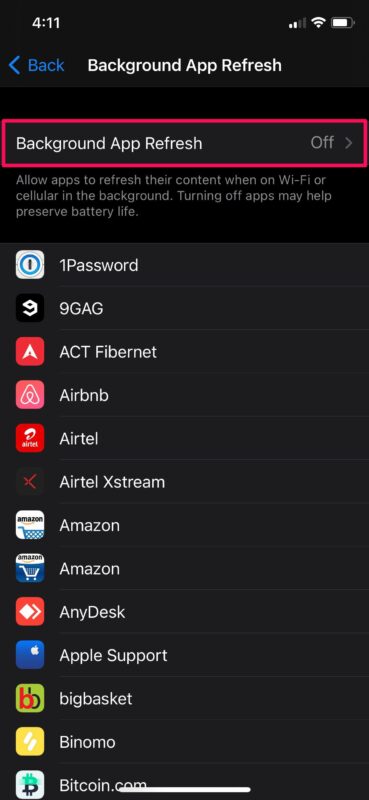
2. Turn on Reduce Motion
As the name suggests, this feature reduces the overall motion of the user interface, noticeably the parallax effect of icons among other things. This could potentially improve the snappiness of your phone. So, if you’re keen on enabling this, go to Settings -> Accessibility and use the toggle to turn on “Reduce Motion” as shown in the screenshot below. Also, if you text on iMessage a lot, you can also disable Message effects in the same menu
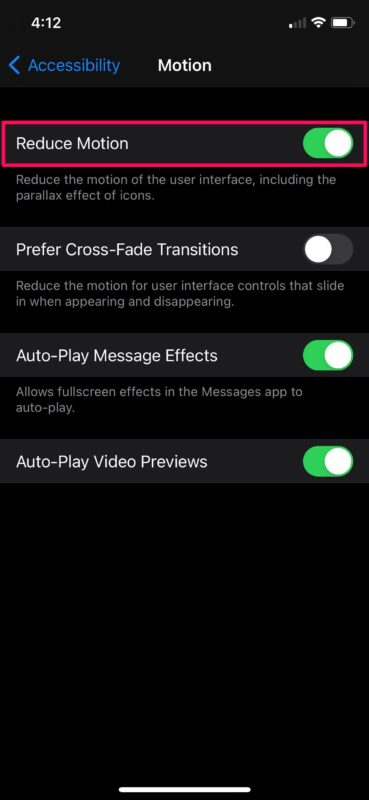
3. Manage Location Services
No, we’re not asking you to completely disable location services as this could cause issues while using apps. However, you can stop apps from accessing your location while you’re not using it. This minimizes CPU usage when an app is not being actively used, as it won’t keep updating your location data in the background. To properly manage your location services, head over to Settings -> Privacy -> Location Services. Here, you can change the location sharing settings on a per-app basis. Just make sure you’ve changed the setting to “While Using” for most of the apps installed on your device.

4. Disable Automatic App Updates
Next, stop letting the App Store from updating the apps automatically. When automatic updates are enabled (which they are by default), your iPhone will update the installed app in the background which could slow down your iPhone temporarily. To turn this off, just go to Settings -> App Store and use the toggle to disable “App Updates” as indicated below.
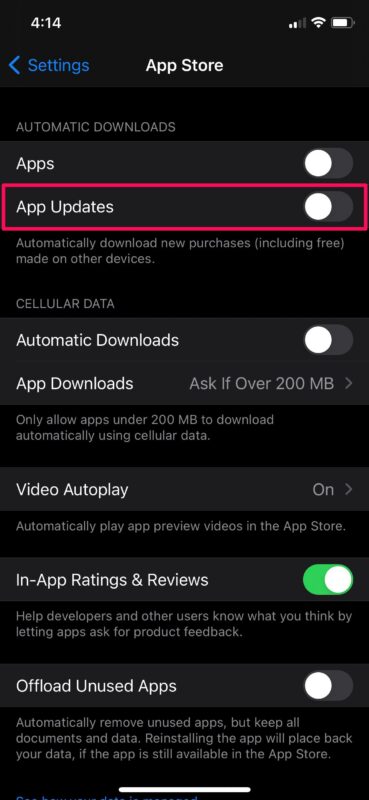
5. Free Up Storage Space
Usually, your iPhone’s performance is unaffected by the available storage space. However, one thing to keep in mind is that when you’re running low on your iPhone storage space, the write speed becomes progressively worse. This could cause your iPhone to not cache properly sometimes. Hence, it’s recommended to free up some space by uninstalling the apps you don’t use and moving your photos to iCloud. Go to Settings -> General -> iPhone Storage and tap on the “Enable” option next to “Offload Unused Apps” and “iCloud Photos” to get started with freeing up your device storage.

6. Use High-Efficiency Image Format (HEIF)
Another way to save storage space, especially if you don’t want to pay a monthly fee for iCloud is by using the “HEIF” file format for the photos captured by your iPhone. This format reduces the file size of your photos by half with little to no loss in image quality. To start using HEIF, head over to Settings -> Camera -> Formats and tap on “High Efficiency” as shown in the screenshot below.

There you go. By now, your iPhone should operate noticeably faster than it used to.
Although we were focusing primarily on the iPhone in this article, you can follow the above steps to speed up or improve the performance of your iPad too.
If you’ve only been facing performance issues recently, or of your iPhone is still fairly new, this slow-down could be more of a temporary issue. You can try fixing this by force rebooting your iPhone. This is different from the regular restart and can resolve minor software-related bugs and glitches.
On iPhones with a physical home button, force restarting can be done by simply holding the power button and home button simultaneously until you see the Apple logo on the screen. On the other hand, if you’re using a newer iPhone with Face ID, you’ll need to click the volume up button first, followed by the volume down button, and then hold the side/power button until you see the Apple logo.
Is your iPhone running a beta version of iOS? In that case, you need to understand that beta software can occasionally slow down your device as these are early experimental builds of iOS. That being said, you can still have the option to remove the iOS Beta profile from your iPhone and opt out of future beta updates. Once a stable version of iOS is available, simply update your device as you normally would and you’ll see that the performance issues are gone.
We hope you were able to speed up your aging iPhone without going through much trouble. Are you looking to upgrade to a new iPhone anytime soon? Which of these steps improved the performance of your iPhone the most? Do share your valuable thoughts and experiences in the comments section down below.


